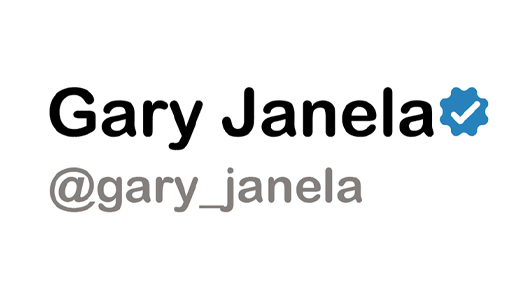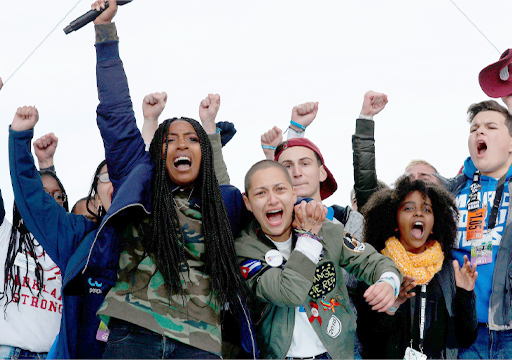4.1 ‘March for our lives’
In February 2018, 17 students were shot and killed by a fellow student armed with an assault rifle at the Marjory Stoneman Douglas High School in Florida, Parkland (US). This was the latest in a spate of school shootings in America, where gun ownership is legal, and the right to gun ownership is a highly emotive and divisive issue. While the world’s media covered the events as a news story, students at the school began to tell their own stories on social media, sharing their feelings, challenging the views of politicians and commentators, and calling for stricter gun controls. Within days some of these students including Emma Gonzalez and Cameron Kansky used social media to build a campaign called March for Our lives around the issue of gun control. Hundreds and thousands of young people soon joined them, taking to the streets in marches across America as part of a youth led social movement to hold their politicians to account and to demand change.
On 24 March, one of the March for Our Lives founders, 17-year-old Emma Gonzalez made a speech to her political leaders – here are two quotes.
‘Maybe the adults have gotten used to saying ‘it is what it is’, but if us students have learned anything, it’s that if you don’t study, you will fail. And in this case if you actively do nothing, people continually end up dead, so it’s time to start doing something.’
‘The people involved right now, those who were there, those posting, those tweeting, those doing interviews and talking to people, are being listened to for what feels like the very first time on this topic.’
Activity 9: Time to reflect
What do Emma’s statements make you feel about your power as a young person?
Over the following months these young people spoke to politicians, ran national anti-violence rallies, became spokespeople for their generation and shifted the debate around gun control in their country. They also learned a lot about how social media could be a negative or positive force. As they took to social media promoting debate and discussion around the issues they cared about, these young people also became the target for hate speech, trolling and misinformation. Those who opposed their views spread negative stories, produced fake profiles and fake images. Twitter provided online verification – a tick symbol – for Emma Gonzalez, Cameron Kasky and the other prominent students activist so people would be able to tell when they were hearing directly from these young people.

Activity 10: Verification and you
- Can you think of any examples where you or young people in your community have been misrepresented on social media?
- What ideas do you have for how to counter this kind of misinformation?
Find out more about the March for our Lives campaign here [Tip: hold Ctrl and click a link to open it in a new tab. (Hide tip)] .

